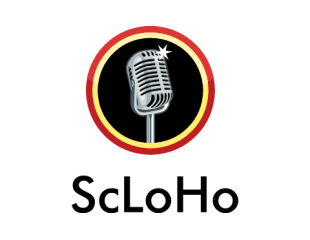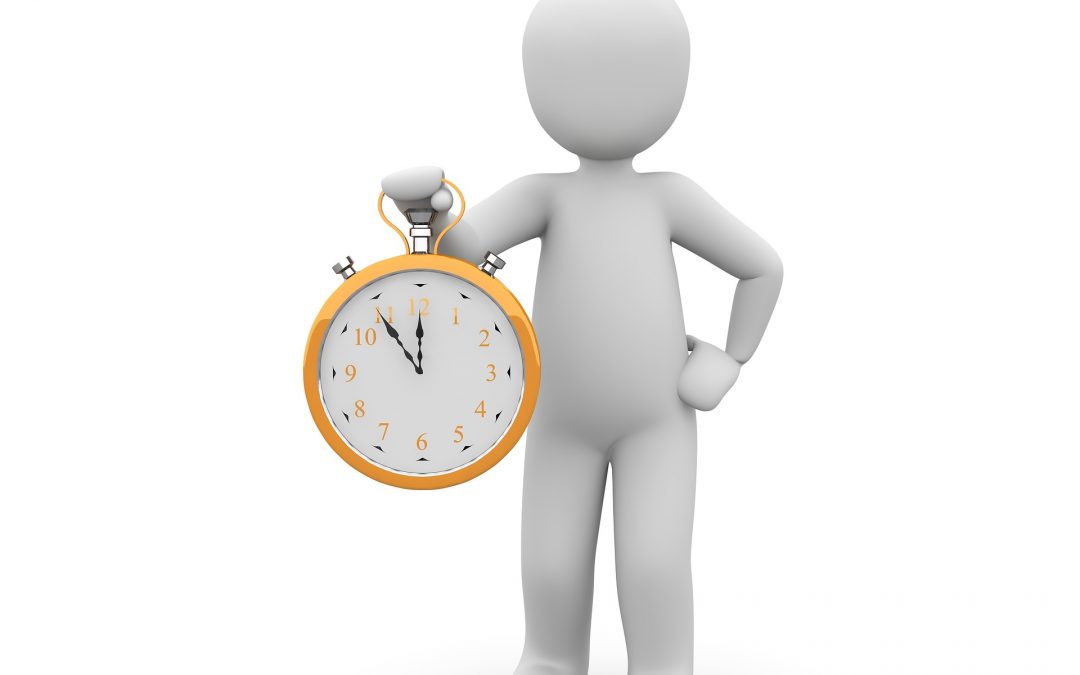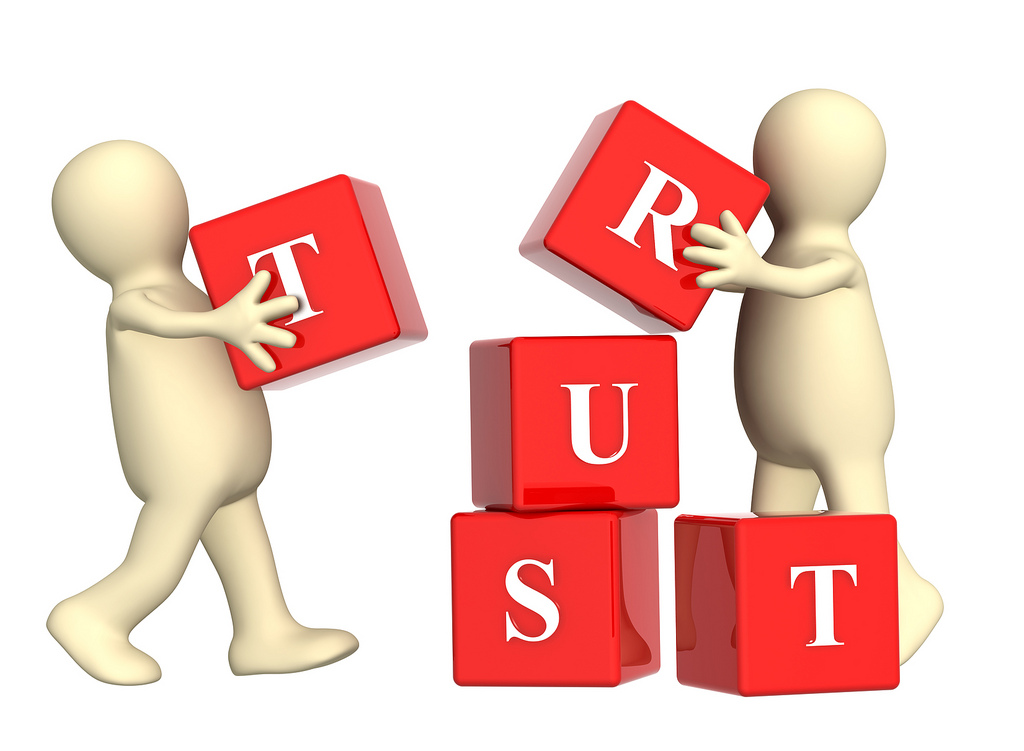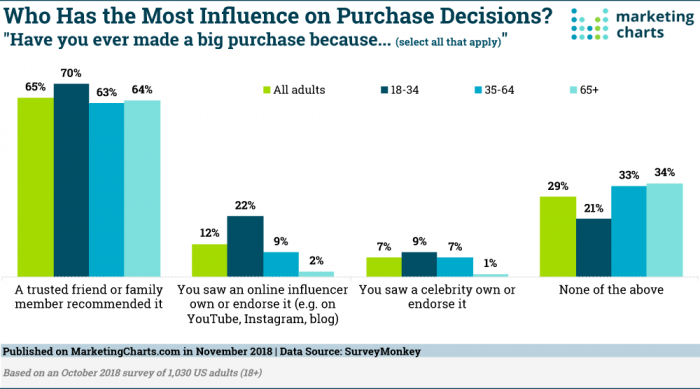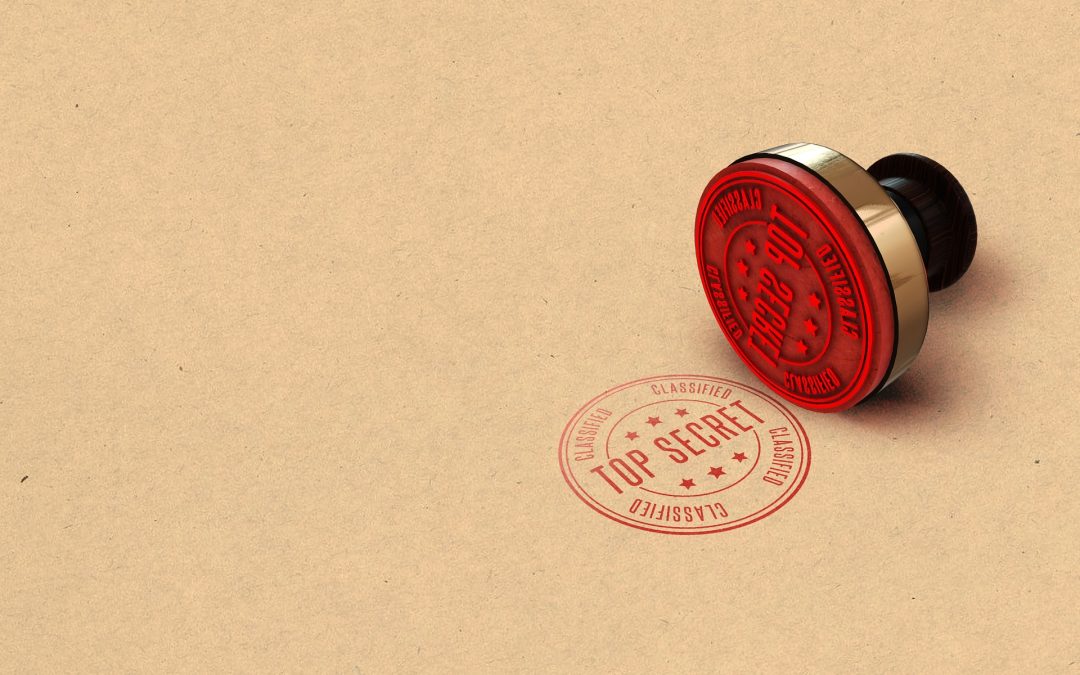
The Advertising Secret You Don’t Know About
The advertising secret that you don’t know about is…
Well, should I tell you or should I keep it a secret?
If I tell you, it could disrupt your entire marketing strategy.
It might initially cause panic attacks, but pretty soon it will help you sleep better at night.
It’s not really a secret, but in this digital age of measuring impressions and clicks, it’s been pushed to the back burner.
And I can’t really lay all the blame of internet marketers, it’s simply a perverted way of thinking about the way advertising works and how you determine that it’s working.
Instead of measuring the results of each ad impression, measure something else.
Instead of measuring the success of your radio commercial by waiting for the phone to ring 30 seconds after your ad played, measure something else.
Instead of counting the number of coupons that were redeemed with you 10% off offer, measure something else.
Instead of measuring the immediate Return On Investment of each individual marketing piece and advertisement that you spend money on, measure ….
Listen carefully because here’s the Advertising Secret You Don’t Know About:
You want to know:
The Lifetime Value of a Customer.
This secret is only a secret because you haven’t embraced this concept. Perhaps you haven’t even heard anyone talk about the Lifetime Value of a Customer until today.
Marketing Insider shared this concept using the example of DSW, Inc. (Designer Show Warehouse). The article says:
DSW Inc. has been having a pretty good year, with second-quarter earnings growth of 65 percent year-over-year and a flaming-hot stock performance. The reason, according to the footwear retailer’s CEO, is a perfect combination of marketing and merchandising strategy that has activated its customers and increased its customer lifetime value.
Customer Lifetime Value. The Lifetime Value of a Customer.
This is long term thinking instead of the short term thinking too many businesses try and measure.
Let me tell you a couple of stories from advertising partners I work with.
The first is a non-profit organization that relies on volunteer drivers to deliver meals to homebound residents weekdays at lunch time. Hundreds of hot meals are delivered every week and their business model relies of having a small and efficient part time paid staff who run the office and coordinate the volunteers and everything else behind the scenes. For over 40 years, they have run this way.
Last year we kicked off an advertising campaign, something that they have never done before. Sure they did some marketing here and there, but not a full fledged advertising campaign spending thousands of dollars. The purpose was to invite people to become a volunteer driver. That was the one need that they would always have.
The first month they started getting phone calls and visits to the website, they were actually getting exactly what they needed when we put together their advertising campaign. Did they get phone calls on the very first day their ads ran on WOWO radio? No.
Did their first month of advertising pay for itself? Kind of hard to tell because the results they were looking for is not measured strictly in dollars. Here’s what we do know. Every week now, they are getting people contacting them to learn how to be a volunteer driver. This was not happening before.
The other example is of an RV Dealer. For years they used an advertising agency that would occasionally promote a sale a couple times a year. The rest of the year, they relied on, well accidental foot traffic and luck.
Last summer they came to me for advice on how to create a better marketing plan that would produce better than the occasional advertising blitz and luck strategy they were using. I created a long term plan that was based on the lifetime value of a customer. They decided to let their ad agency try one more time with an open house sale. Sorry to say, it didn’t work.
The money they spent promoting a two day sale I could have used for two months work of advertising. This story has a happy ending.
In January, we launched my plan, with goals of what we need to do over the next six months, not just a weekend. I know the Lifetime Value of a Customer and they do too. With this knowledge, they understand how important each customer is and they also realize that the old way of measuring foot traffic each day is futile.
So how about you? Are you ready to see if this Advertising Secret You Didn’t Know About, (until now), is appropriate for you? Are you ready to sleep better at night with the knowledge that your business is on the right track? Let’s talk.
Also I invite you to get a free subscription to my Sound ADvice marketing newsletter. Fill out the form below and sign up today.
